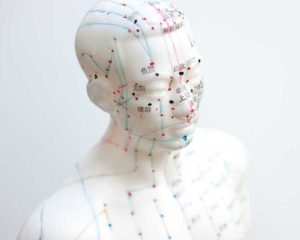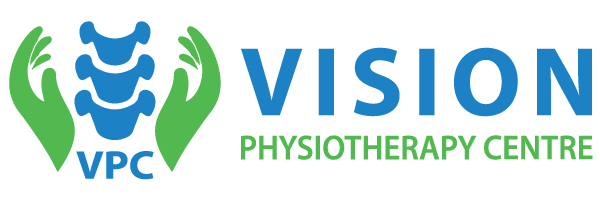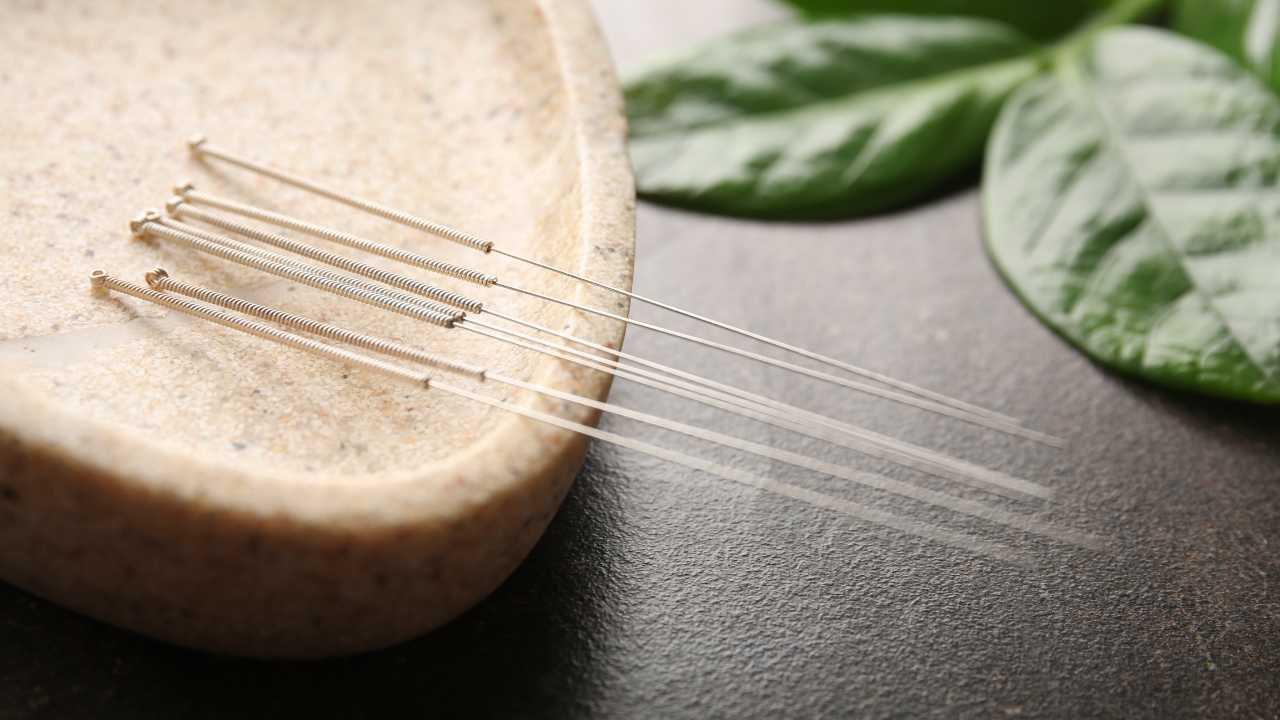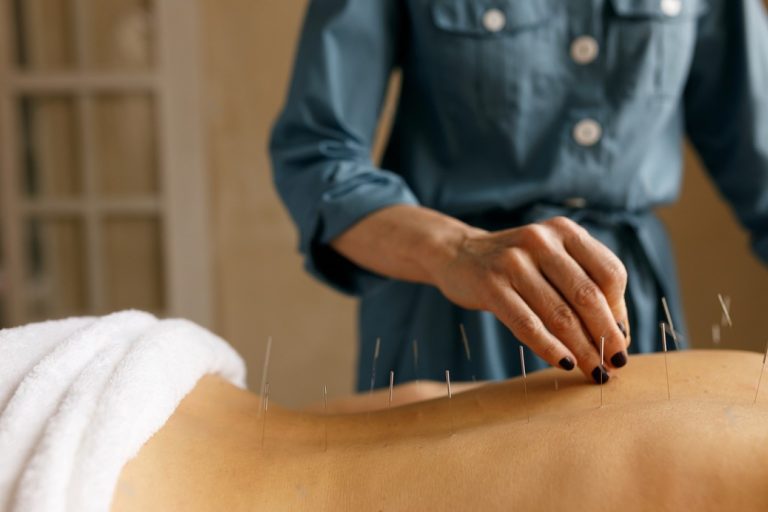What is acupuncture treatment? Acupuncture is a widely recognized healing practice that originated in China over 2,500 years ago. It has gained popularity worldwide as a complementary and alternative medicine approach. This article provides a brief overview of acupuncture and delves into its fascinating origin and historical development.
Acupuncture involves the insertion of thin needles into specific points on the body to stimulate and balance the body’s energy flow. The fundamental principle behind acupuncture is based on the concept of qi (pronounced “chee”), which is the vital energy that flows through pathways known as meridians. According to traditional Chinese medicine (TCM), imbalances or blockages in the flow of qi can lead to various health problems.
What is Acupuncture Treatment?
Acupuncture treatment is an ancient practice that has gained popularity in recent years. It involves the insertion of thin needles into specific points on the body, known as acupuncture points. These points are believed to be connected by pathways or meridians that carry energy, or qi, throughout the body.
The goal of acupuncture is to restore the balance of qi and promote the body’s natural healing process. While the precise mechanisms of how acupuncture works are still being studied, many people have found it to be effective in relieving pain, reducing stress, and improving overall well-being.
Acupuncture is often used to treat a wide range of conditions, including headaches, back pain, arthritis, and even infertility. During an acupuncture session, the practitioner will carefully select the acupuncture points based on the individual’s symptoms and health history. The needles used are very thin and are typically inserted just below the skin, causing minimal discomfort.
Some people may feel a slight tingling or dull ache during the treatment, but it is generally well-tolerated. Acupuncture is considered a safe procedure when performed by a qualified practitioner using sterile needles. If you’re considering acupuncture as a treatment option, it’s important to consult with a licensed acupuncturist who can assess your specific needs and develop a personalized treatment plan.
Principles of Acupuncture
What is acupuncture treatment, acupuncture is guided by several fundamental principles that form the basis of its practice. These principles help acupuncturists understand the body’s energy flow and determine the best approach for treatment. Here are the key principles of acupuncture explained in simple and relevant sentences:
- Qi and Energy Flow: Acupuncture is based on the concept of qi, which is the vital energy that flows through the body’s meridians. It is believed that when qi flows smoothly and harmoniously, the body is in a state of balance and good health.
- Imbalances and Blockages: Imbalances or blockages in the flow of qi can lead to various health issues. Acupuncture aims to identify these imbalances and restore the natural flow of qi, thereby promoting well-being.
- Acupuncture Points: Acupuncture points are specific locations on the body where needles are inserted. These points are carefully selected based on the individual’s symptoms, medical history, and overall health. Each acupuncture point has a unique function and therapeutic effect.
- Meridians: Meridians are the pathways through which qi flows. They form a network that connects different parts of the body. Acupuncture points are located along these meridians, and stimulating them can influence the flow of qi in specific areas.
- Individualized Treatment: Acupuncture recognizes that each person is unique, and therefore, treatment approaches are tailored to the individual’s needs. The acupuncturist assesses the person’s condition and designs a treatment plan that addresses their specific imbalances and health concerns.
- Holistic Approach: Acupuncture takes a holistic approach to health, considering the interconnectedness of the body, mind, and emotions. It recognizes that imbalances in one area can affect the overall well-being of an individual.
- Balance and Harmony: The ultimate goal of acupuncture is to restore balance and harmony within the body. By rebalancing the flow of qi, acupuncture aims to alleviate symptoms, promote healing, and enhance overall health and vitality.
By adhering to these principles, acupuncturists can effectively identify and address imbalances, facilitating the body’s natural healing mechanisms. Through the precise stimulation of acupuncture points, they can help restore balance, promote optimal health, and support well-being.
Acupuncture Procedure
Acupuncture procedures involve several steps to ensure safe and effective treatment. The process begins with a thorough assessment by the acupuncturist, who examines the individual’s symptoms, medical history, and overall health.
Based on this evaluation, specific acupuncture points are selected for treatment. The acupuncturist then gently inserts thin needles into these points, causing minimal discomfort. The number of needles used may vary depending on the person’s needs.
Once the needles are in place, the acupuncturist may manipulate them or apply additional stimulation techniques such as heat or electrical currents. This helps enhance the therapeutic effect of the treatment.
The needles are typically left in position for around 15 to 30 minutes, during which the individual can relax and experience the benefits of the treatment. Throughout the procedure, the acupuncturist ensures the comfort and safety of the individual, providing a calm and supportive environment.
Is Acupuncture painful?
Acupuncture can be painful, but it has many benefits. So, what is acupuncture good for? Is acupuncture effective, Acupuncture is effective in treating various conditions such as chronic pain, migraines, and even anxiety. But what does acupuncture actually do? It involves inserting thin needles into specific points on the body, stimulating those points to promote healing and restore balance.

Mechanisms of Acupuncture
The mechanisms behind acupuncture’s effectiveness are still being researched, but there are several theories that help explain its therapeutic effects. One of the mechanisms is the release of endorphins, which are natural pain-relieving substances produced by the body.
Acupuncture stimulates the release of these endorphins, leading to pain reduction and a sense of well-being. Another mechanism involves improved circulation. Acupuncture is believed to enhance blood flow to the treated areas, promoting healing and nourishment of tissues.
Additionally, acupuncture has been shown to influence the nervous system, specifically the release of neurotransmitters. This can help regulate bodily functions, reduce inflammation, and promote relaxation. While the exact mechanisms are complex and multifaceted, these effects collectively contribute to the overall therapeutic benefits of acupuncture.
Safety and Hygiene Considerations
Safety and hygiene are of utmost importance in acupuncture to ensure the well-being of patients and maintain a clean and sterile environment. Acupuncturists follow strict protocols to minimize the risk of infection and ensure safe treatment. They use disposable, single-use needles that are sterile and individually packaged.
This helps prevent the transmission of infectious diseases. Additionally, acupuncturists adhere to proper hand hygiene by washing their hands or using hand sanitizers before and after each treatment. They also maintain a clean treatment area, regularly disinfecting surfaces, and equipment.
Licensed acupuncturists undergo extensive training to understand and implement infection control measures effectively. By prioritizing safety and hygiene, acupuncturists create a safe and comfortable environment for patients to receive treatment with peace of mind.
Conclusion
Acupuncture is a time-honored healing practice that has stood the test of time. With its roots in ancient China, acupuncture continues to be widely used and valued as a complementary and alternative therapy. Chinese people are most likers of this treatment in the world.
By understanding what is acupuncture treatment the principles of acupuncture and its procedures, individuals can explore this holistic approach to promote well-being and address various health concerns. Acupuncture’s focus on restoring balance and harmony within the body, along with its potential mechanisms of action, makes it a unique and valuable therapeutic option.
However, it is essential to seek treatment from qualified acupuncturists who prioritize safety and adhere to hygiene practices. By collaborating with healthcare providers, individuals can integrate acupuncture into their comprehensive healthcare plans.
With its rich history and continued practice, acupuncture remains a profound and fascinating aspect of healthcare that can contribute to improved quality of life.
Written by.
Dr. Saiful Islam, PT
BPTh (DU), MPTh (Orthopedics) – NIPS, India
PG Certificate in Acupuncture, India
Specially trained in Ozone Therapy, USA and Ozone Forum, India.
Physiotherapy Consultant, Vision Physiotherapy Center.
To consult: 01760-636324 , 01932-797229 (9:00 AM to 9:00 PM) and make an appointment.
Our Facebook page: Vision Physiotherapy Center




